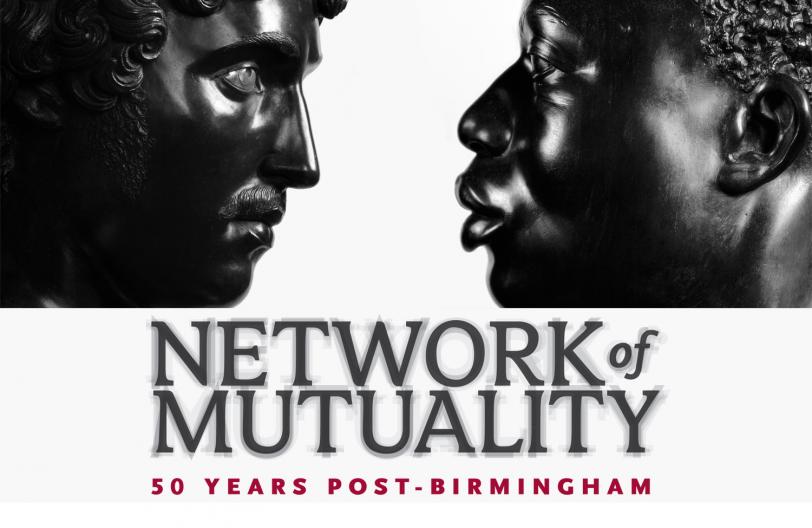Network of Mutuality: 50 Years Post-Birmingham

The Art Gallery at the University of Maryland presents Network of Mutuality: 50 Years Post-Birmingham, an exhibition featuring provocative works by leading contemporary artists and designers, who carefully examine the various social conditions and components that energized the Civil Rights Movement of the 1960s, as well as continue the dialogue of race and equality in today's society.
1963 was a year on fire. Birmingham, Alabama was the epicenter of the Civil Rights Movement, which was being waged at the expense of homes, livelihoods and lives. The year began with newly inaugurated Alabama Governor George Wallace proclaiming “Segregation today … segregation tomorrow … segregation forever.” The year ended with President John F. Kennedy being assassinated after he initiated what would become the landmark Civil Rights Act of 1964. Although there were plenty of battlegrounds across the nation during the Civil Rights Movement, Birmingham was ground zero. It was here that elementary and high school students were scoured with water from fire hoses and that four girls would die at the hands of Ku Klux Klansmen in the Sixteenth Street Baptist Church bombing. Dr. Martin Luther King Jr. wrote “Letter From a Birmingham Jail” and later gave his “I Have a Dream Speech” in Washington, D.C.
It is easy to forget how far we have come in 50 years. It is also easy to ignore how far we still have to go. Fifty years later, racial profiling, stereotyping and identity repression are still smoldering in this “post-racial” era, and yet, we have a collective resistance to discuss this. Network of Mutuality: 50 Years Post-Birmingham presents provocative works that address the injustices of 1963 and today’s contentious-yet-critical issues of race, representation, and otherness. These select works by emerging and established artists and designers provide a variety of aesthetics, media, contexts, commentary and perspectives. They also represent a mix of historical references and contemporary commentary. Through these works, we, the curators, aim to raise awareness and dialogue about the state of race and race relations today. We leverage the distinct power of art and design as a means to provoke remembrance, reflection, reconsideration, and response.
A catalog accompanies the exhibition. Its essays compliment the works shown and provide a springboard for further consideration. Ken Gonzales-Day describes his motivations for using his artistic practice to address social issues and racism. Jeffreen Hayes’ essay addresses the role of art in influencing and directing conversations around historical and social movements. Sheri Parks makes a passionate and strident case for the legacy of lynching and disenfranchisement that is all too real in today’s society.
It is our collective burden to provoke change. It is not just the responsibility of the African Americans, the Latinos, the Muslims, the Jewish and the other minority and marginalized members of society to address the injustices of yesterday and today. It is also the responsibility of the privileged, the white, the majority. As Dr. King wrote in his Letter From A Birmingham Jail: “Injustice anywhere is a threat to justice everywhere. We are caught in an inescapable network of mutuality, tied in a single garment of destiny. Whatever affects one directly, affects all indirectly.”

